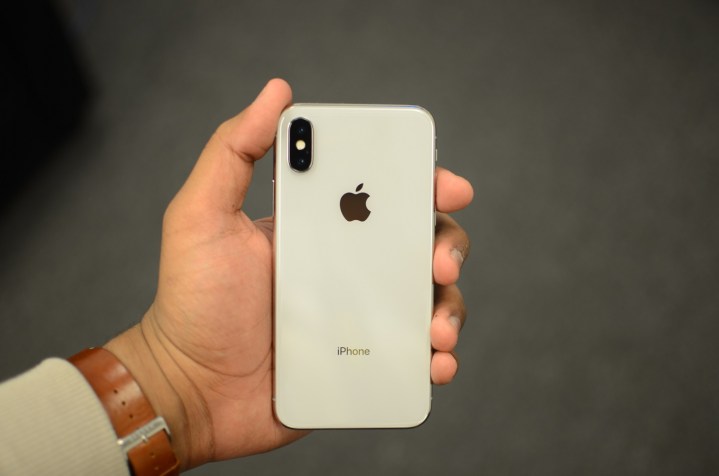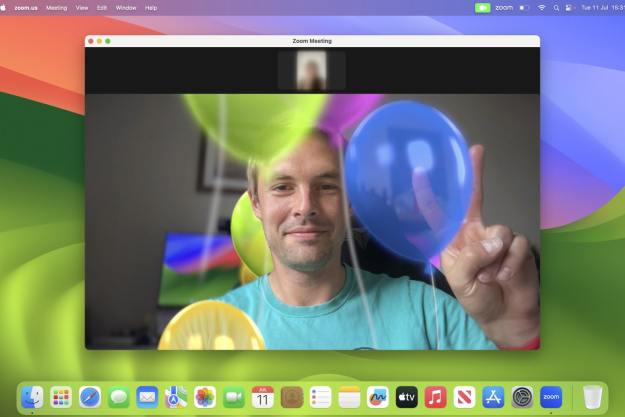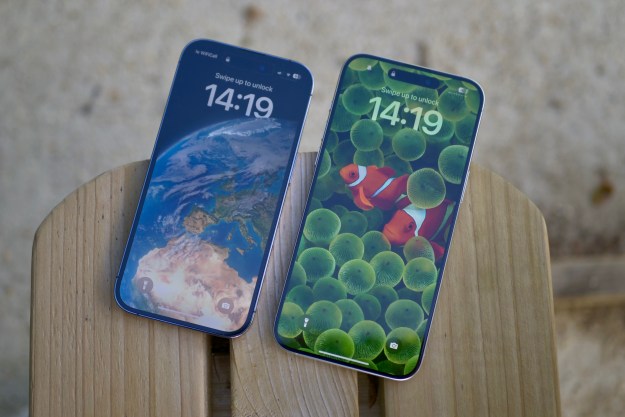
Roughly 77 percent of Americans use a smartphone, according to a Pew survey, but phones still hide secrets that most people might not know about. Most smartphones have hidden functions that you can access by punching in specific strings of numbers and symbols. These “backdoors” gives you access to features that, for the most part, you will probably never need to use, but they can occasionally come in handy — and besides, cheat codes are always fun.
We’ve rounded up some of the more practical codes for both Android and iOS devices. To use them, open your phone’s dialer and type in them (depending on your phone’s make and model, you may also need to hit the call button).
Note that these codes may not work on every device; some service providers go so far as to disable most hidden codes on their phones. In addition, there is another type of code called a USSD (Unstructured Supplementary Service Data), which send a signal to your service provider when you input it; these codes are used for things like checking your data usage.
One warning: While some of these hidden codes are benign, others do things like factory reset your phone, so be careful not to input codes on a whim.
Android codes
| Function | Code |
| Info/Test menu (opens a menu where you can get detailed information about your phone, data usage statistics, and more) | *#*#4636#*#* |
| Analog and backlight test | *#*#0842#*#* |
| Display IMEI number (The IMEI, or International Mobile Equipment Identity, is a unique identification number for every phone, which can be useful in case your phone goes missing) | *#06# |
| LCD Display test | *#*#0*#*#* |
| Display camera info | *#*#34971539#*#* |
| Completely wipe phone and reinstall firmware | *2767*3855# |
| Display MAC address | *#*#232338#*#* |
| Display Bluetooth address | *#*#232337#*# |
| Field test (allows you to precisely gauge the strength of signals your phone is receiving, in case you are curious or want to install a signal boosting system) | *#*#7262626#*#* |
| Quick GPS Test | *#*#1472365#*#* |
iPhone codes
| Function | Code |
| Field test mode (provides info about cell signal, including more precise reception reading) | *3001#12345# |
| Check call forwarding number (you can designate another number to redirect calls to when your phone is busy) | *#67# |
| IMEI number | *#06# |
| Enable call waiting | *43# |
| Disable call waiting | #43# |
| Enhanced full rate (EFR) mode — This mode improves reception at the cost of battery life | *3370# |
| Anonymous call (Your number won’t show up on the receiver’s caller ID) | Input *67 before you enter a phone number |
Editors' Recommendations
- What is NFC? How it works and what you can do with it
- When will Apple release iOS 18? Here’s what we know
- iOS 18 could add a customization feature I’ve waited years for
- Your iPhone just got a new iOS update, and you should download it right now
- iPhone not holding charge? How to replace an iPhone battery


